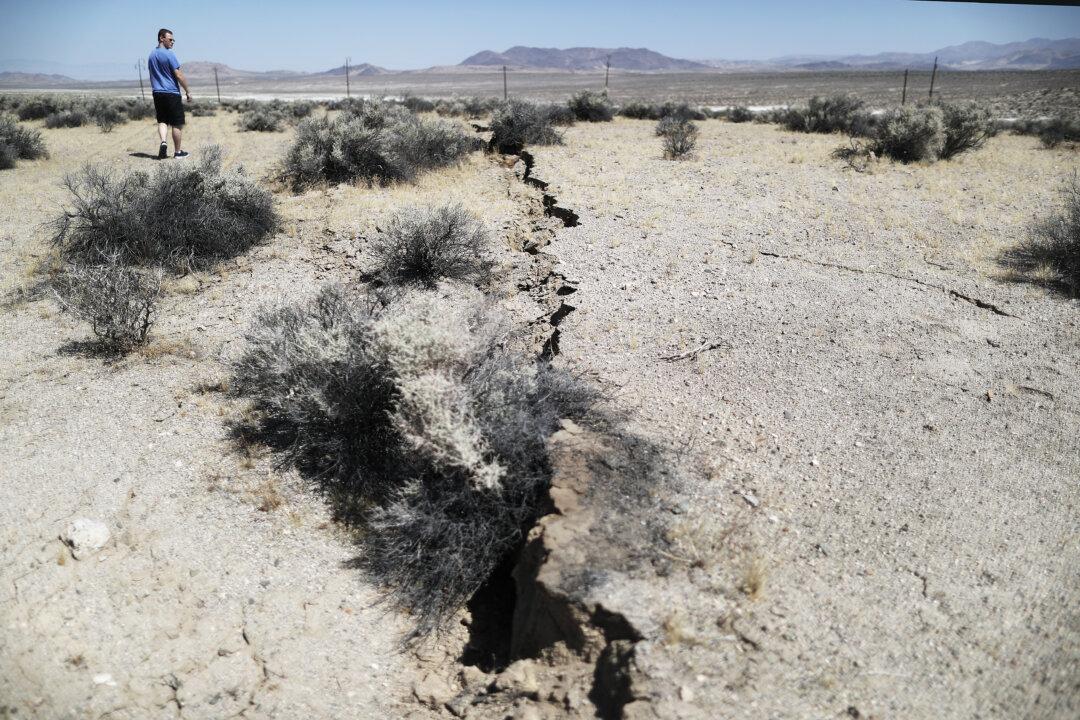Californians will pay more for earthquake coverage in 2025, as the California Earthquake Authority—a not-for-profit organization funded by insurance companies and managed by the state—is raising rates by an average of 6.8 percent in January.
“[The earthquake authority] is committed to making earthquake insurance as available, reliable, and affordable as possible,” the organization said on its website. “While we work hard to keep rates affordable, state law requires our rates to be actuarially sound.”





